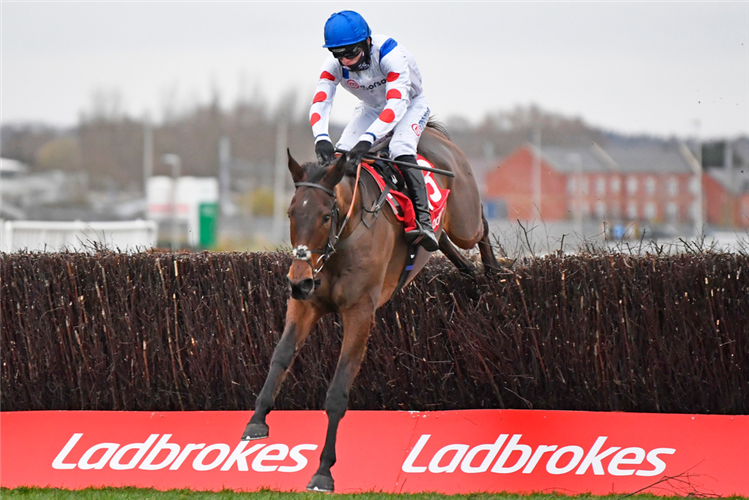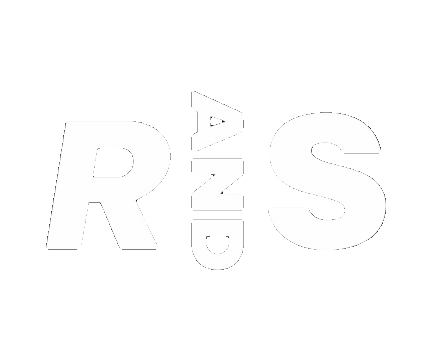3 minute read
The British Horseracing Authority has “marginally adjusted the way penalties are calculated” after confirming new whip regulations will come into force over jumps on Monday as planned.

Paul Nicholls and Willie Mullins have both called for the ruling body to push back the start date for implementation due to concerns the new rules could overshadow next month's Cheltenham Festival, while Gordon Elliott described the potential consequences as "frightening" earlier this week.
A number of senior riders from both sides of the Irish Sea have also aired their misgivings, with Harry Cobden initially suggesting he could have been banned for 24 days for his winning ride on Il Ridoto at Cheltenham last month, while leading northern-based jockey Sean Quinlan called for further discussion around the directive concerning the whip being used above shoulder height.
Under the new regulations, use of the whip in the forehand position will be allowed, with the BHA having reversed a previous decision to ban it after objections from jockeys, although permitted use of the whip has been reduced to six and seven strikes in Flat and jumps races respectively.
The penalty structure has also been strengthened, with the very worst whip offences potentially resulting in disqualification of horses and riding bans of 20 days – a tariff which will be doubled in class one and two races.
But in its latest update the BHA confirmed only offences for use of the whip above the permitted level will be doubled and not offences for use above shoulder height. A tweak to how offences are aggregated where multiple offences are committed in the same ride has also been made.
A statement from the BHA read: "The rules being implemented on Monday are the result of a detailed consultation process designed to foster more considered and judicious use of the whip.
"They are being introduced after an extensive bedding-in period which has successfully allowed jockeys and officials to familiarise themselves with the new rules and guidance and identify where improvements can be made to their implementation, or where some jockeys might need to adapt their riding style. This was the purpose of the bedding-in period.
"We are grateful for the input of the PJA (Professional Jockeys Association), NTF (National Trainers Federation) and a number of senior riders and trainers and we have now reached a position where the new rules and guidance will be implemented in the manner in which they were intended.
"We were pleased to note jockeys stating that the responsibility now rests on them to ride within the new rules and adapt their riding style where necessary. We have already seen this happening during the bedding-in period, for which jockeys deserve great credit."






